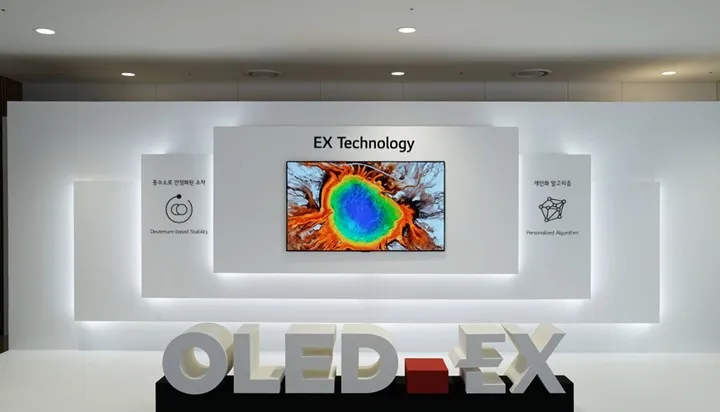Samsung and LG have joined forces to develop a groundbreaking technology that could revolutionize small to medium-sized OLED panels in mobile phones. This collaboration aims to create a low-refractive index Capping Layer (CPL) technology, which promises to significantly enhance power efficiency in these devices.
Traditionally, the industry has relied on high-refractive-index CPLs to reduce power consumption and improve light directionality. However, the introduction of a low-refractive index CPL, in addition to the existing high-refractive index version, has the potential to revolutionize how light is utilized in OLED panels. This advancement is expected to increase optical efficiency and possibly extend the lifespan of mobile phone screens, which will be a boon for consumers.
Nonetheless, integrating this extra layer into the OLED panels might pose certain challenges, especially in terms of manufacturing and costs. Panel makers will need to persuade major smartphone manufacturers like Samsung Electronics and Apple of the benefits of adopting this new CPL technology in their devices.
It’s worth noting that several companies, such as Dongjin Semichem, Hodogaya, LAPT, and PNH Tech, have been actively involved in the development of low-refractive-index CPL technology. They have already begun providing samples and forming early partnerships with panel manufacturers. The final choice of suppliers will depend on factors such as quality, cost, and existing business relationships.
Samsung and LG have a track record of pushing the boundaries of OLED technology. For instance, Samsung introduced its Eco2 OLED panels, renowned for their improved power efficiency, which was later incorporated into the Galaxy Z Flip 4 and Galaxy Z Fold 4 smartphones.
However, despite these advancements, some Samsung users, particularly those with high-end flagship models, have recently reported encountering display issues, with complaints about the appearance of pink, green, and white lines on their screens. This highlights the importance of thorough testing and quality assurance in developing cutting-edge display technologies.
The collaboration between Samsung and LG to develop a low-refractive index CPL technology holds immense promise for the mobile phone industry. If successful, it could significantly enhance power efficiency, leading to extended battery life for users and potentially resolving some of the display-related issues faced by high-end smartphone users.
The pursuit of a low-refractive index CPL technology by Samsung and LG demonstrates their commitment to innovation and their continuous efforts to stay ahead in the competitive market of mobile phone displays. By working together, these tech giants can pool their expertise, resources, and research capabilities to tackle the challenges associated with implementing this cutting-edge technology. As consumers increasingly demand longer-lasting batteries and improved display quality, the successful development and integration of this new CPL technology could set a new standard for OLED panels in the industry, revolutionizing the mobile phone experience for users worldwide.
Read More:





 Apple To Increase Price Of iPhone 15 Pro And Pro Max:Why It Is Likely To Happen?
Apple To Increase Price Of iPhone 15 Pro And Pro Max:Why It Is Likely To Happen?